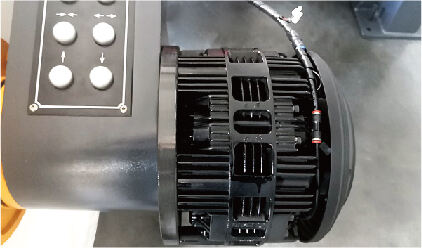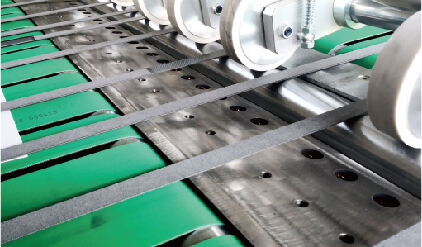hot foil machine
A hot foil machine is a sophisticated piece of equipment designed for precision printing and decorative applications across various industries. This versatile device utilizes heat and pressure to transfer metallic foil onto different surfaces, creating stunning metallic finishes and professional embellishments. The machine operates by heating a die or plate to specific temperatures, which then presses foil against the substrate material, resulting in precise and durable transfers. Modern hot foil machines incorporate advanced temperature control systems, ensuring consistent heat distribution and optimal foil adhesion. They feature adjustable pressure settings, allowing operators to work with diverse materials ranging from paper and cardboard to leather and plastics. The technology employs interchangeable dies, enabling the creation of custom designs, logos, text, and patterns. These machines often include digital controls for precise temperature and timing adjustments, making them suitable for both small-scale artisanal work and industrial production environments. Applications span across packaging, printing, bookbinding, leather goods manufacturing, and promotional product decoration, making the hot foil machine an essential tool for businesses seeking to add premium finishing touches to their products.


